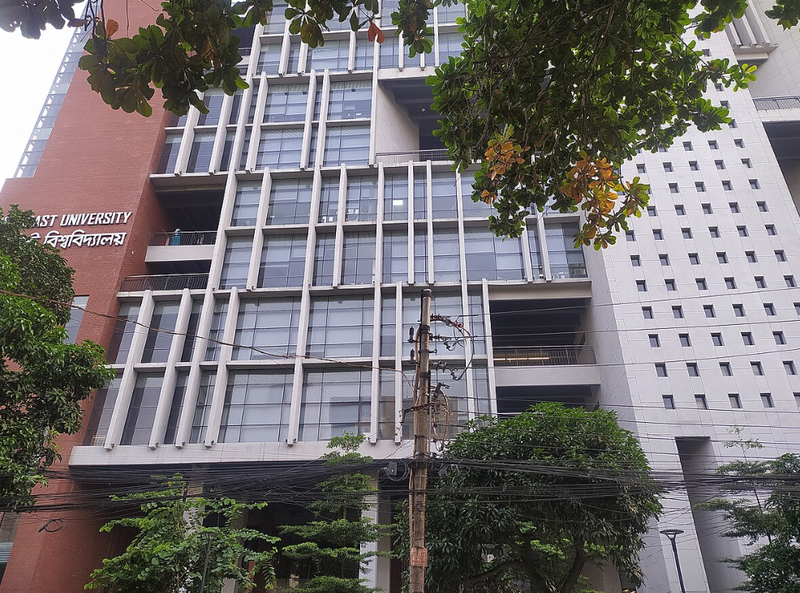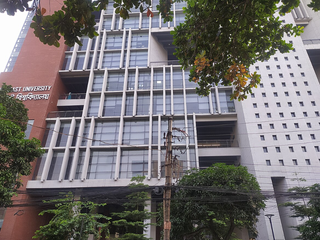
Historical Significance
The roots of SEU trace back to 1902 with the establishment of Sanjiang Teachers College, making it one of the oldest modern universities in China. Initially situated on the site of an ancient academy dating back to 258, it evolved over the years:
- 1921: Renamed National Southeast University, becoming the second national university in China.
- 1928: Became National Central University, reflecting its growing prominence.
- 1988: Officially named Southeast University, embracing a broader mission in higher education.
Academic Excellence
SEU houses over 16,000 undergraduate students and 10,000 graduate students, with admission fiercely competitive. Only the top 2% of high school graduates and top 5% of undergraduates earn a place at SEU. The university is particularly renowned for its engineering programs offered by schools like:
- School of Mechanical Engineering
- School of Computer Science & Engineering
- School of Civil Engineering
- School of Economics & Management
The faculty is equally distinguished, comprising 8 members of the Chinese Academy, 25 Changjiang Scholars, and numerous other award-winning researchers.
Cutting-Edge Research
SEU ranks among China's top 20 universities for scientific research and development, driving innovation through its:
- Over 20 national and provincial research institutes.
- Contributions to over 1,000 research projects in the past decade, with more than 500 receiving national awards.
- Research funding surpassing 1.1 billion yuan, ranking it 11th nationwide.
The SEU Architecture Design and Research Institute, a leading national first-class institute, undertakes major projects, while the SEU-affiliated Zhongda Hospital is rated as "Class A Grade 3" by the Ministry of Public Health.
Global Rankings
Southeast University enjoys global recognition, ranking:
- 101–150 in ARWU World University Ranking (2020).
- 183 in US News & World Report Global Rankings.
- 134 in QS Asia University Rankings.
These rankings affirm its global impact and position as a leader in education and research.
Campuses: Tradition Meets Modernity
SEU features three main campuses, each with distinct characteristics:
- Sipailou Campus: The flagship campus in Nanjing, inherited from the National Central University. It now primarily hosts research institutes and administrative offices.
- Dingjiaqiao Campus: Located in Gulou District, this campus is home to the university's renowned medical school.
- Jiulonghu Campus: Opened in 2005 in Jiangning District, it spans over 3,749 mu and houses most undergraduate and master’s students. Its architecture blends Chinese and Western influences, creating a vibrant academic environment.
A Legacy of Collaboration and Growth
In 2001, SEU integrated several colleges, such as the Nanjing Railway Medical College and Nanjing College of Advanced Transportation, further broadening its academic scope. The development of Jiulonghu Campus marked a significant leap forward, reinforcing the university’s modern infrastructure and emphasis on interdisciplinary education.
Conclusion
Southeast University is more than a hub of academic learning; it is a beacon of innovation, culture, and history. With a focus on engineering, cutting-edge research, and fostering global leaders, SEU continues to shape the future of higher education in China and beyond.
Discover SEU and be part of a legacy that bridges tradition with modernity, making an indelible impact on the world stage.

